Latest Articles
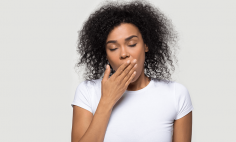
Untreated sleep apnea can lead to high blood pressure in African Americans
Getting restful sleep is often hard. Sleep apnea can make it even harder. New NIH-supported research finds that African Americans...
Sleep Apnea
The ABCs of CBD: Separating fact from fiction
CBD. Cannabidiol. No matter what you call it, you may have heard health claims about this little-known part of the...
Marijuana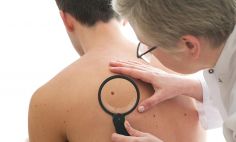
Spotting skin cancer: Tips from the National Cancer Institute
Skin cancer is the most common form of cancer in the U.S. It's also largely preventable. Here is...
Skin Cancer, Cancer
Lifestyle changes key to delaying or preventing type 2 diabetes
In the U.S., about 10 percent of the population has type 2 diabetes. Even more surprising? Nearly one in four people...
Diabetes, Type 2 Diabetes
Young woman fights melanoma and gives back
In May 2012, 22-year-old new college graduate Heather Quintal was excited to begin a career at an accounting firm in Boston....
Skin Cancer, Cancer
One step at a time: D.C. resident walks for health and community
For Washington, D.C., resident Deborah Nix, walking connects her to the community and gives her confidence. "A friend of...
Exercise
Researching melanoma at NIH: What’s new?
More than 1 million people in the U.S. live with melanoma, a type of skin cancer. While there is no...
Skin Cancer, Cancer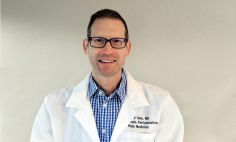
A doctor’s perspective: Living with dry eye
Dry eye can be frustrating and uncomfortable. Untreated, it can turn into a chronic condition. For Dr. Todd Telle, the...
Dry Eye
Finding skin cancer: Why routine checkups can make all the difference
In 2006, architect Eric Ward had a mole examined on his face by a dermatologist, or doctor who treats the skin....
Skin Cancer, Cancer
Red meat and the risk of heart disease
Lean red meat in moderation is a great source of protein, iron, vitamin B12, and zinc. But too much red...
Heart Diseases, Nutrition
Study connects dots between vaginal birth, pelvic floor disorder
A recent NIH study found that women who gave birth through cesarean section (c-section) were at lower risk of developing...
Pelvic Floor Disorder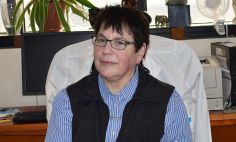
What the latest science says about omega-3 for dry eye
Penny A. Asbell, M.D., led a study to see if omega-3 fatty acid supplements really help dry eye. The...
Dry Eye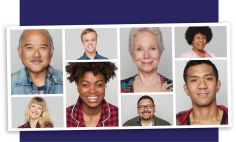
135,000 and counting: One year of the All of Us Research Program
NIH's All of Us Research Program, launched nationally in May 2018, has collected health data from thousands of people around...
NIH Research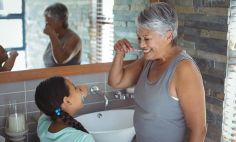
Oral health and older adults
Brushing your teeth may not be the most fun part of your daily routine, but it pays off, especially as...
Dental Health, Oral Health
NIH study tracks exercise with mobile apps to improve heart health
Tiffany Powell-Wiley, M.D., M.P.H., is dedicated to making Americans healthier. She focuses on research related to heart...
Exercise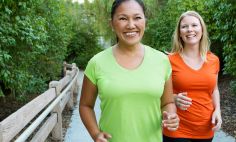
Get moving: Key takeaways from the new physical activity guidelines
Spring is here, which means it's time to get outdoors and get active. Read on to find out how...
Exercise
MedlinePlus magazine website now bilingual
Welcome to our new, bilingual NIH MedlinePlus magazine website. Instead of our once-a-year Salud print issue of the magazine, all...
NIH Highlights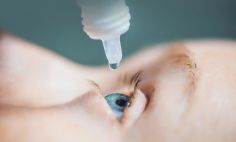
Dry eye: An overview
What is dry eye? Dry eye disease, or dry eye, occurs when the quantity or quality of tears fails to...
Eye Care, Dry Eye
8 NIH research highlights
What did we learn in 2018 that could help your health this year or in the future? NIH-supported researchers worked on a...
NIH Research



